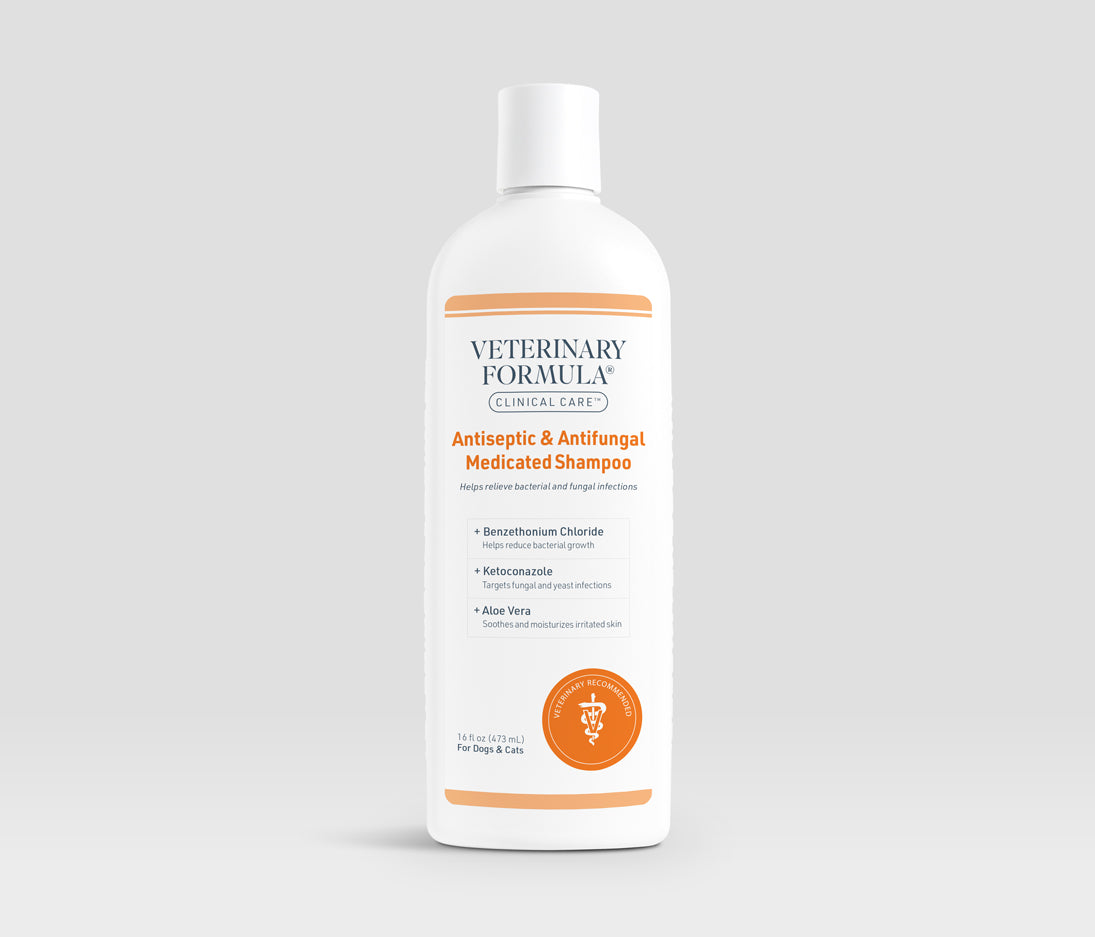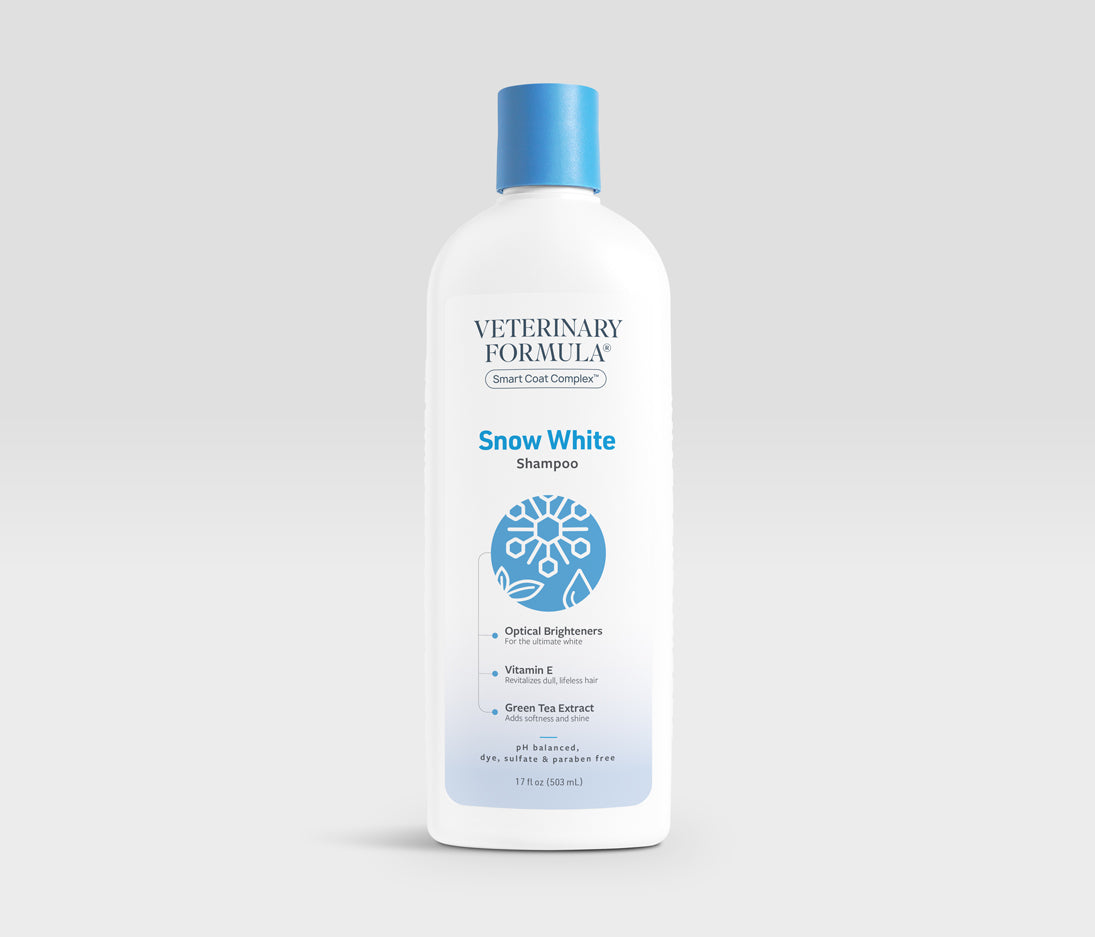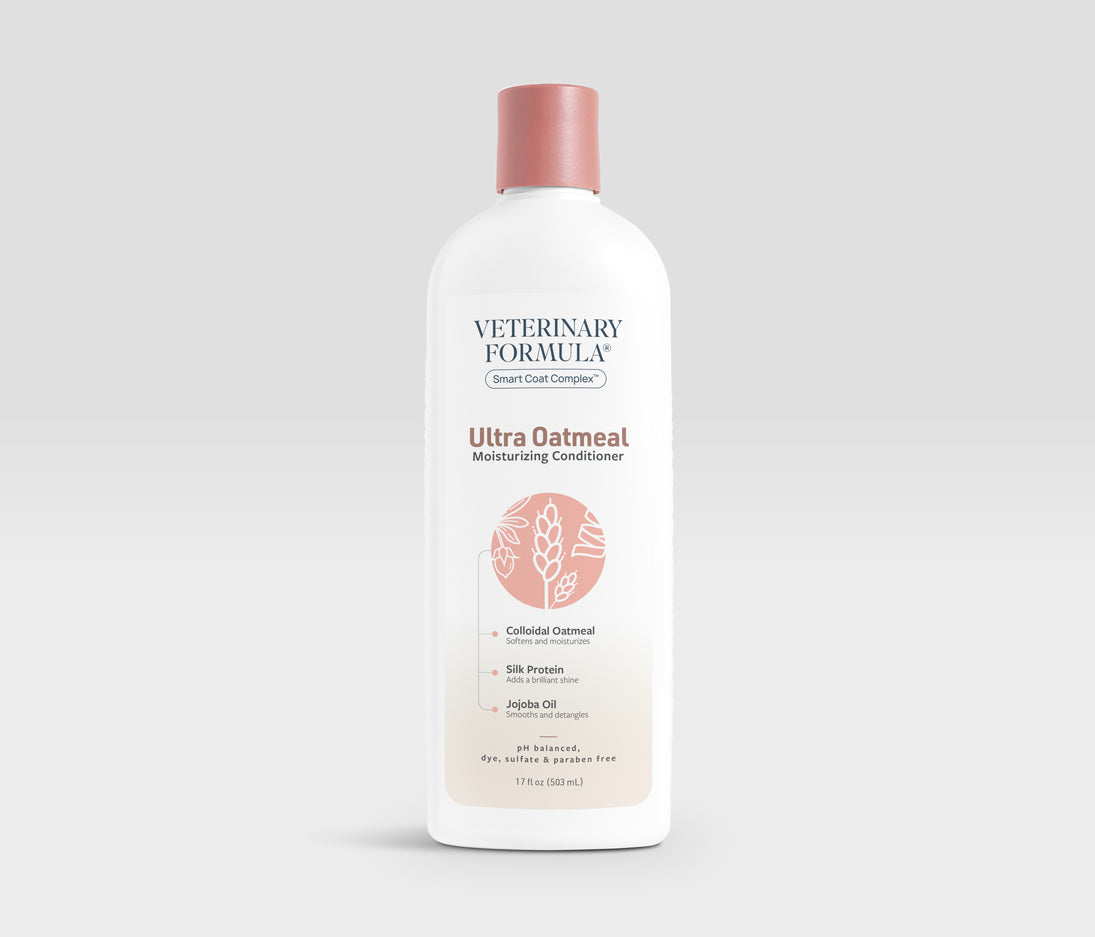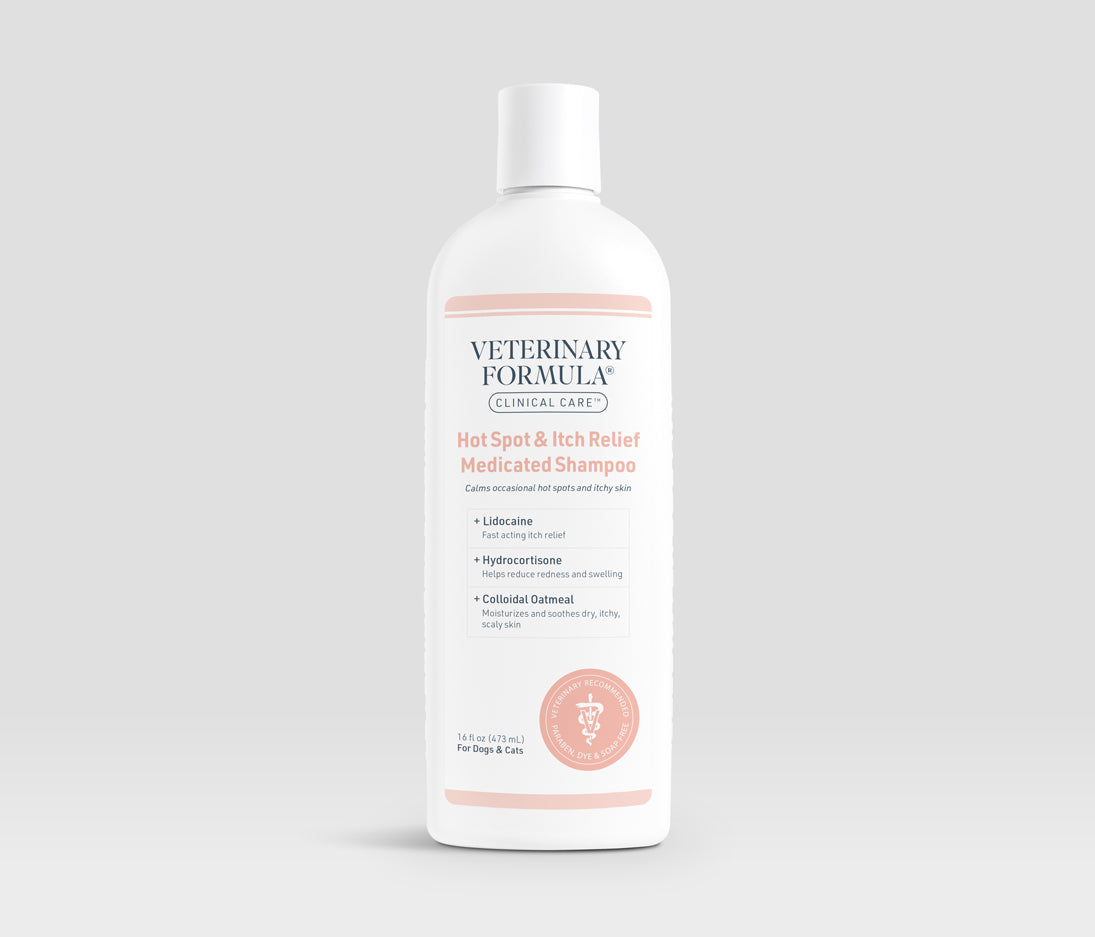
For humans, home may be where we hang our hat but for dogs, it's where they spend all their time with you. Take "you" out of the picture and home gets a lot lonelier. Training your dog to stay home alone is vital, then, to their ability to enjoy a happy life.
But how do you teach a dog to stay home alone? Can you just leave for work and hope he'll be ok while you're gone?
To help owners navigate the sometimes scary process of leaving their pups by themselves, we've rounded up some key tips on leaving your dog alone at home.
But, first. The most important advice we can give is this: be patient. Learning to be home alone is frightening for many puppies (and even some adult dogs).
Remember to be patient and skip the punishment. Depending on your dog, his home environment and how much time you put into training your dog to say home alone, the process can take two to six months – or longer. Patience is key.
Start Slow When Training Your Dog to Stay Home Alone
Establish a Morning Routine
As you start training your dog to stay home alone, you'll want to get your dog into a routine she can count on.
For instance, take a walk and make sure she's had a chance to go to the bathroom. When you get home play a short game of tug of war or ask for a shake of the paw and give her a pat on the head.
(Ensuring your dog has had a chance to go to the bathroom also makes being home alone more comfortable for your pup. The less she has to "hold" the better for everyone!)
Dogs are creatures of habit. They like to know what's coming. And they don't enjoy surprises. Creating a morning routine your pup can depend on will make your departure and absence easier.
De-Condition Your Dog to Departure Cues
While routine is good for your dog, you don't necessarily want him to associate certain actions with your departure.
"Most people give cues to their dogs that they are leaving," Applebaum says. "Brush your hair, grab your keys, go to the bathroom, unlock doors, turn on alarms, etc. Overtime, your dog comes to associate these behaviors as antecedents of departure. This typically causes stress as the dog associates your behavior as meaning you are going to leave, something the dog doesn't like."
It's why, he says, many dogs will start displaying signs of sadness or anxiety as you're getting ready to go. If your dog is one of these, you can de-condition him to these cues.
"Instead of going through your departure ritual and leaving, go through the ritual and instead of walking out the door, you stay."
Do this 10 to 20 times a day for several week and your dog will stop automatically connecting these cues to your actual departure.
Keep Leaving Your Dog Home Alone Low Key
One thing you want to avoid doing when leaving your dog home alone while at work is making a big deal out if it.
Don't fuss over your dog and overdo the attention. Dogs learn early on how to get attention and you don't want to teach him that acting up (whining, howling, etc.) when you're leaving will get him even more attention… or stop you from leaving.
Same thing when you come home. You want your pup to learn that your comings and goings are normal and routine and no reason for a big to-do on anyone's part.
Make Life Home Alone Fun!
If your dog has to stay home alone the best thing you can do for her is make it fun. She's not going to mind the fact that you're not home if she gets her favorite toy every time you're gone.
Before leaving your dog home alone for the first time, experiment with a variety of toys to see which she likes the most. We recommend puzzle toys and chew toys (especially those with treats), as these stimulate your dog's mind (and taste buds), and can keep a dog occupied for hours of fun.
Once you've determined what her favorites are, only give them to her before you leave the house. She'll learn to associate you leaving with getting her favorite toy. And, she'll be so preoccupied with her toy she might not even notice you leaving.
Provide a "Safe" Space
Puppies and anxious dogs can find being home alone stressful. Establishing a safe spot in the house where they feel comfortable and secure can help them during these stressful periods.
This can be a special corner in a room, their crate (assuming you already did crate training), or any other spot in the house or apartment that they can retreat to when they're feeling nervous or upset.
If your dog doesn't already have a safe space, begin by finding a spot (crate, exercise pen, room) you want to use and start feeding your dog there. This may also be the spot where you experiment with the toys we mentioned above. You'll be discovering which toys they like best and associating that space with fun.
The key is to make the space a place your dog likes to be.
Never use this space for punishment. It must have only happy associations for it to be the safe spot that he feels comfortable being alone in.
Use a Calming Supplement
Training your dog to stay home alone can take several weeks. But for some dogs, being home alone will always be stressful.
If your dog is like this, consider reaching out to your veterinarian to ask about adding a calming supplement to your training routine.
"Calming supplements or even veterinary-prescribed medications to calm the dog down are best looked at as tools that can enhance the efficacy of behavior modification regiments designed to alleviate stress," Applebaum says.
When combined with training, a supplement, like Veterinary Formula Clinical Care's Pet Calm Plus, which is packed with natural ingredients like chamomile and melatonin, promotes a more balanced – and relaxed – reaction to stressful situations.















